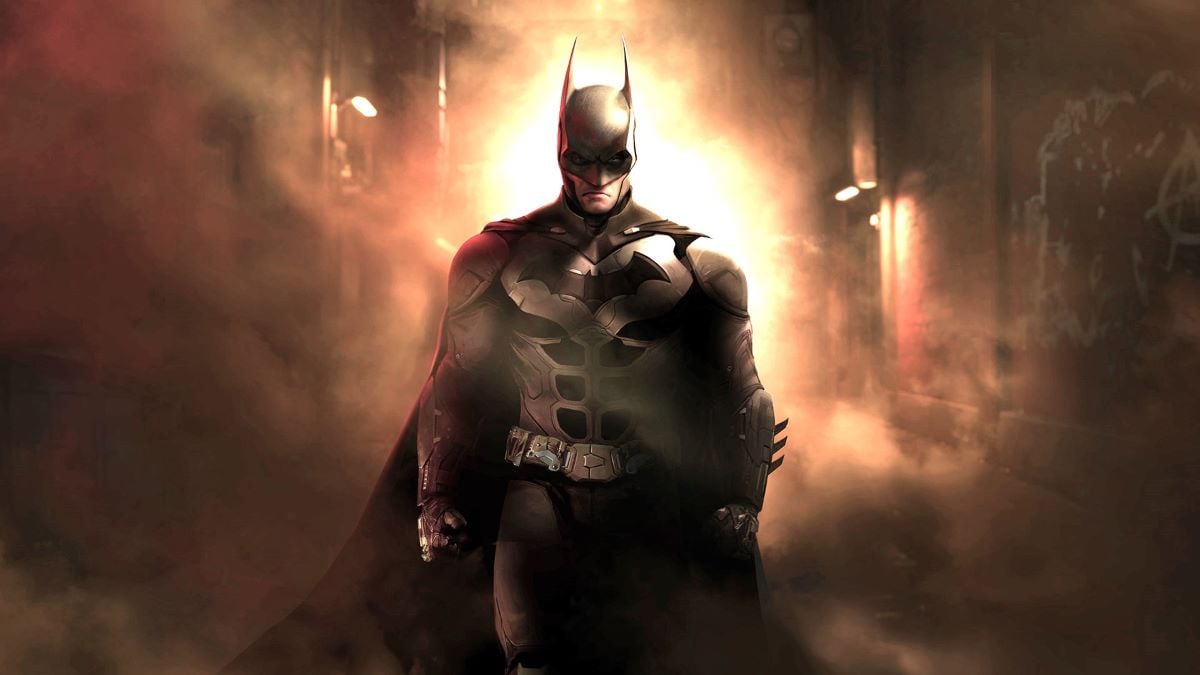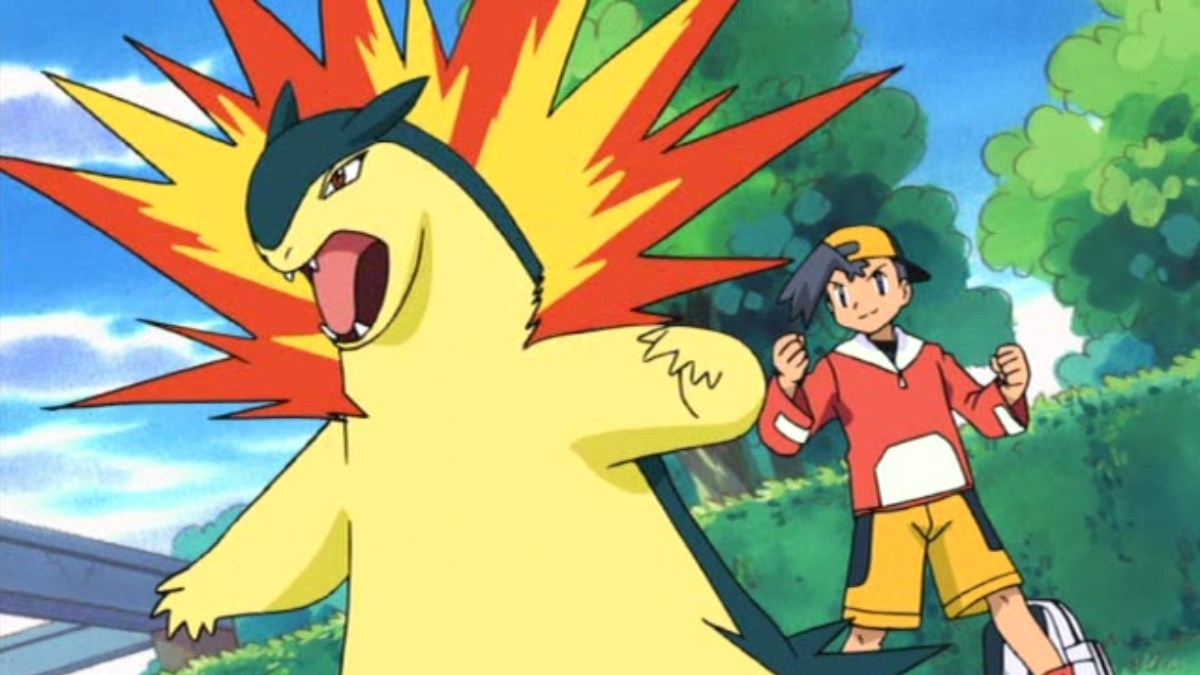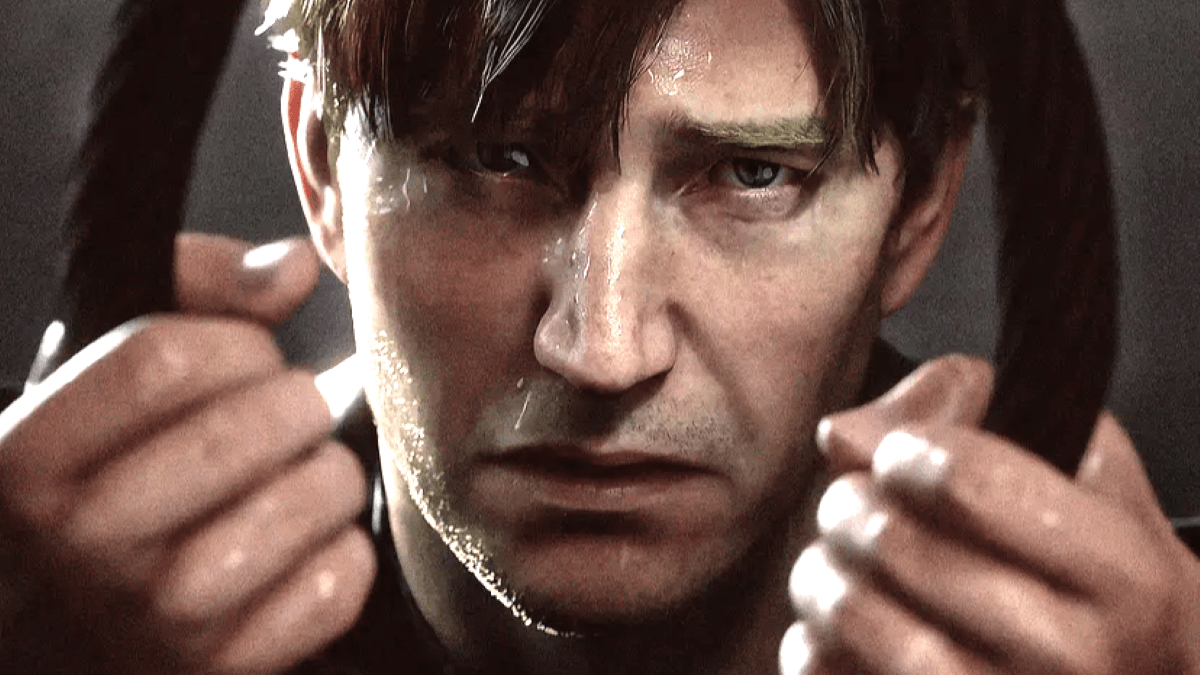
I count the original Shin Megami Tensei IV among my very favorite 3DS titles of all time, and so I reacted with predictable excitement when a successor set in the same universe was announced. I had never expected to be able to return to Atlus’s unique vision of post-apocalyptic Tokyo — which has since become one of my favorite game settings of all time — without revisiting the original. “A sequel, though? What on Earth are they going to do next?” I admit was one of my first thoughts. But then I remembered: though the neutral (and arguably best) ending of the original SMTIV ended on a note of hope, we never did quite find out what was to become of the world after protagonist Flynn defied angels and demons alike to save the city.
Now, Shin Megami Tensei IV: Apocalypse has come along to give us some of those answers, all while providing an upgraded version of the exploring, demon-collecting and battling JRPG goodness that made me plug over 100 hours into the original. Needless to say, I got hooked once again.
One of the coolest things about Shin Megami Tensei IV: Apocalypse is that you can easily get into its story even if you’ve never experienced the original, enjoying the benefits of the improved gameplay without getting lost in the narrative. Of course, players who did enjoy the first game will really enjoy seeing how things turned out for their favorite characters, and they’ll get to enjoy some more stories in the wonderfully warped world of post-apocalyptic Tokyo.
Now, for those who have never played a main series Shin Megami Tensei before, a word of caution: this is not Persona. If your only exposure to the series has been through the school life livin’, Social Linkin’, comparatively down-to-earth world of that spinoff franchise, be prepared for gameplay similarities and little more. Where Persona offers a fairly grounded, accessible character-driven narrative, Shin Megami Tensei is a lot darker, a lot weirder, and a lot more over-the-top — and characters tend to take a backseat to plot, themes and ideals.

If you did play the first game, on the other hand, Shin Megami Tensei IV: Apocalypse is an interesting way to return to the universe. As the game takes place a short while after the end of the neutral path, things are decidedly different in the demon-and-disaster-riddled Tokyo: namely, there’s a lot more hope going around.
Flynn, the protagonist from the first game, is now seen as the savior of the people, and most residents seem downright upbeat about the future (well, for the first 5 or 6 hours of play time, anyway). This time around, though, you play as Nanashi — a young, aspiring Hunter in a small group with his best friend Asahi and two more experienced Tokyo residents named Nikkari and Manabu. After a particularly nasty demon comes down and causes trouble for the party, a surprising thing happens about an hour into the game (hence why it’s not exactly a spoiler!) — Nanashi himself is killed, forcing him to enlist the resurrection services of the demon Dagda, who only agrees to bring him back to life if he’ll agree to be his “Godslayer.” From there, the fate of Tokyo is in Nanashi’s hands, and it’s up to you to make the decisions that lead you to one of the game’s multiple endings.
I really love the weird and mysterious world that Atlus created here, and as I implied before, getting to explore it further and see the narrative continued was a real treat. After a few hours in, there’s a turning point that returns the universe to the sort of despair and horror that made up so much of the original, and it really is easy to get immersed in the dark situations that surround the characters.
I won’t disagree with what many other critics have said about this particular series — Shin Megami Tensei IV: Apocalypse’s characters aren’t so much human as they are anchors of the plot and representatives of certain ideals. That can be a little disappointing at first, especially if you prefer character-driven stories like I do; but on the other hand, I was able to get into SMTIV’s heavy-handed lore purely on the basis of the immensely creepy atmosphere it created, and I had a similarly easy time getting into it here. A little extra humor in the localization helps, too; an early choice to help out a strange girl or “walk away from this hot mess” made me laugh loudly. Just drop any expectation of a story that plays by the rules, get lost in the macabre world that’s been built, and you’ll almost certainly have a good experience.
It’s all the more easy to get wrapped up in Atlus’s distorted vision of Tokyo when you consider just how damn addictive its gameplay is. There’s nothing all that different from the original here, and it’s not all that big an evolution from the series’ previous entries, but none of that matters when you’re enjoying what is ultimately one of the most fast-paced and polished JRPG battle systems out there. At its heart, combat is all about collecting and fusing the best demons to bulk up your team. To do this, you simply get into an enemy encounter and use the “Scout” mechanic to attempt to talk them into joining your party — an endeavor that’s often easier said than done.

As usual, these goofy demons are unpredictable in their responses, and getting them to join your team is pretty much a trial-and-error-based affair until you get the patterns down. Once you’ve got a couple demons on your side, though, things start to open up: the more demons you collect, the more skills you can unlock as you level them up — skills that can be passed on to Nanashi. Once you’ve had your fill of a certain slate of demons, you can fuse them into better ones using the “Cathedral of Shadows” app, further expanding your roster and adding more powerful moves to your arsenal.
Unleashing said arsenal is really a blast, too. As I said, this game has a ludicrously fast and polished combat system, and one that rewards strategy without becoming obtuse. Just like the previous entry, the main mechanic here involves exploiting enemy weaknesses. The first time you encounter a certain demon, you’ve got to throw everything you got at it in hopes of finding its weakness; whenever you encounter it after that, you’ll be given a helpful indicator that lets you know the effectiveness of a given skill before you use it (i.e. whether the skill will have normal effectiveness, exploit a weakness, have no effect, etc). If you successfully hit a foe where it hurts, you’ll get an extra turn and enter “Smirk” mode, which gives you ridiculously high evasion and a much higher critical rate. Thus, by stringing together a number of hard-hitting moves, you can sometimes pound the enemy into submission before they even get a chance to act.
Of course, Shin Megami Tensei is also a series known for its unforgiving difficulty, and so sometimes it’s the enemy that pounds you! Only if you want it to, though. Three difficulty modes are perfectly tuned to optimize your experience based on your play style — the lowest allows you to experience the exploration and story with little resistance; the middle one will give you the series’ standard stiff challenge, requiring you to work hard to move forward; and the highest is a maddening, rip-your-hair out, not-for-the-faint-of-heart gauntlet, where every encounter can result in a Game Over. It’s nice to have these options so that every kind of player can get what they want out of the experience — personally, I like the middle ground, but I know that certain folks will really enjoy the offerings on either side of me.
My favorite part of the previous game was exploring the dark and dingy urban hellscape that Tokyo has become, and that aspect is actually a lot better in Shin Megami Tensei IV: Apocalypse. Whereas navigating the overworld map was an absolute nightmare before thanks to a lack of indicators and location names, this new version is a cinch to get around. And since getting from place to place is easy now, that lets you get into the real meat — walking around the full 3D environments — with more speed and less fuss.

It’s interesting, because you don’t usually see the 3D effect mentioned in these latter years of the 3DS’s lifespan, but I have to say both SMTIV games provide some of the most eye-popping, gorgeous uses of this in the entire system’s library. Part of this is just in how beautifully bleak the environments are (a new location, the Fairy Forest, is an early highlight), but the depth is also quite impressive, making the effects of cutscenes, large dungeons and boss battles something to behold. To add to the atmosphere, all the locations — both new and old — are backed up by a suitably creepy soundtrack that can really make your skin crawl with headphones on.
Thankfully, Shin Megami Tensei IV: Apocalypse gives you plenty of reasons to want to keep walking around these desolate locales. As I mentioned before, the structure here isn’t anything particularly revelatory, but it’s a tried-and-true balance of story quests and optional challenge quests that is really fun and addicting to play. Thanks to the great combat and strange environments, it’s a speedy blast to complete even the most mundane fetch quest, and grinding — both for Nanashi’s level as well as for a better slate of demons — is an addictive prospect since multiple carrots of progress (app points to acquire new field abilities, tantalizing demon fusions, rare skills to pass on to Nanashi, and so on) are always kept dangling in your face. It’s a very rare accomplishment indeed when an RPG can make the most repetitive of tasks compelling, and I can’t name a moment where I felt bored in the hours and hours of time I spent in this world (and to be quite honest, as of this writing, I’m still not done yet).
Lightning has struck twice in post-apocalyptic Tokyo. Shin Megami Tensei IV: Apocalypse is yet another must-have for fans of JRPGs on 3DS, and this is that rarest of sequels that improves in just about every meaningful way on the original. I must admit that every moment I spent exploring the desolate world of Atlus’s sequel filled me with a childlike mirth — this isn’t just one of my favorite games of the year, it’s one of those games that reminds me why I love this medium so much in the first place.
This review is based on the 3DS exclusive, which we were provided with.







Published: Sep 19, 2016 07:00 am